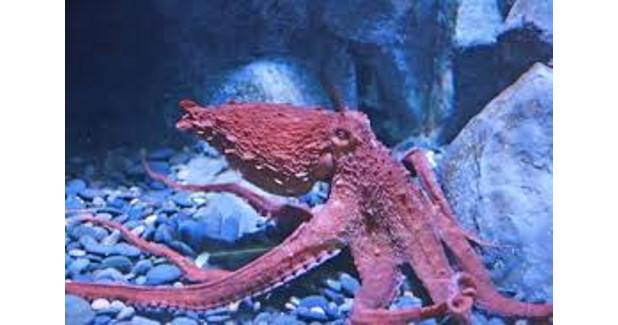
Octopus-inspired camouflage material
Biomimetic approaches can help with the development of sophisticated high performance textiles. A team of researchers from Ithaca, NY-based Cornell University and Woods Hole, MA-based Marine Biological Laboratory have borrowed inspiration from cephalopods such as octopus in devising camouflage materials.
Biomimetic approaches can help with the development of sophisticated high performance textiles. A team of researchers from Ithaca, NY-based Cornell University and Woods Hole, MA-based Marine Biological Laboratory have borrowed inspiration from cephalopods such as octopus in devising camouflage materials.
Nonwoven textile structure was used in conjunction with elastomeric silicone membranes in developing a structure that enables papillae like structures, as found in octopus. Scientists took clues from octopus’ morphology to develop synthetic structures which can transform quickly from its 2-dimentional structures into 3-dimensional shapes, which adapts well with its environment, similar to what octopus does in real life situations.
The nonwoven textile structure is flexible but not stretchable and has hierarchical structure which enables the stretchable membrane to assume 3-dimentional shapes. This is similar to what happens with the papilla in octopus. The textile structure helps with inflating and stretching the elastomeric membranes.
According to researchers, the hierarchical structure with the help of pneumatics will enable the 3D shapes to happen, which otherwise is not possible.
Such a biomimetic approach may one day help with the better designing of stretchable sportswear, protective and camouflage suits. The work has appeared in a recent issue of journal “Science,†published by American Association for the Advancement of Science.
By: Seshadri Ramkumar, Texas Tech University, USA




